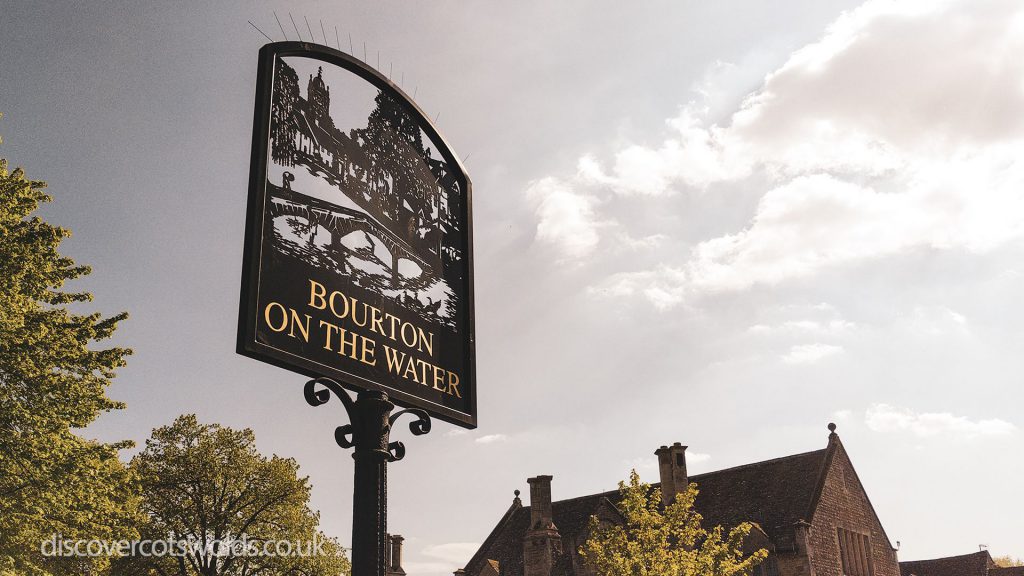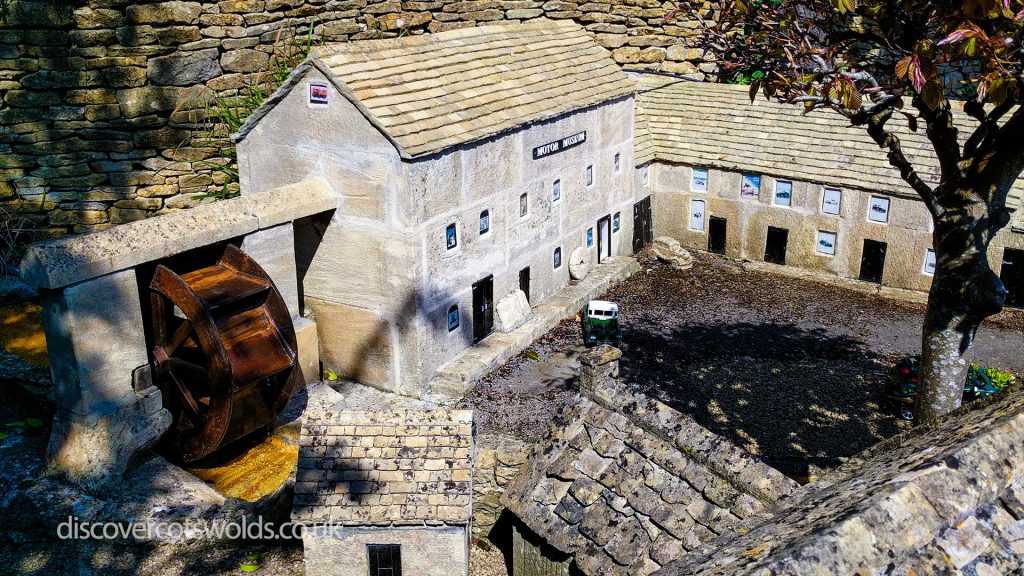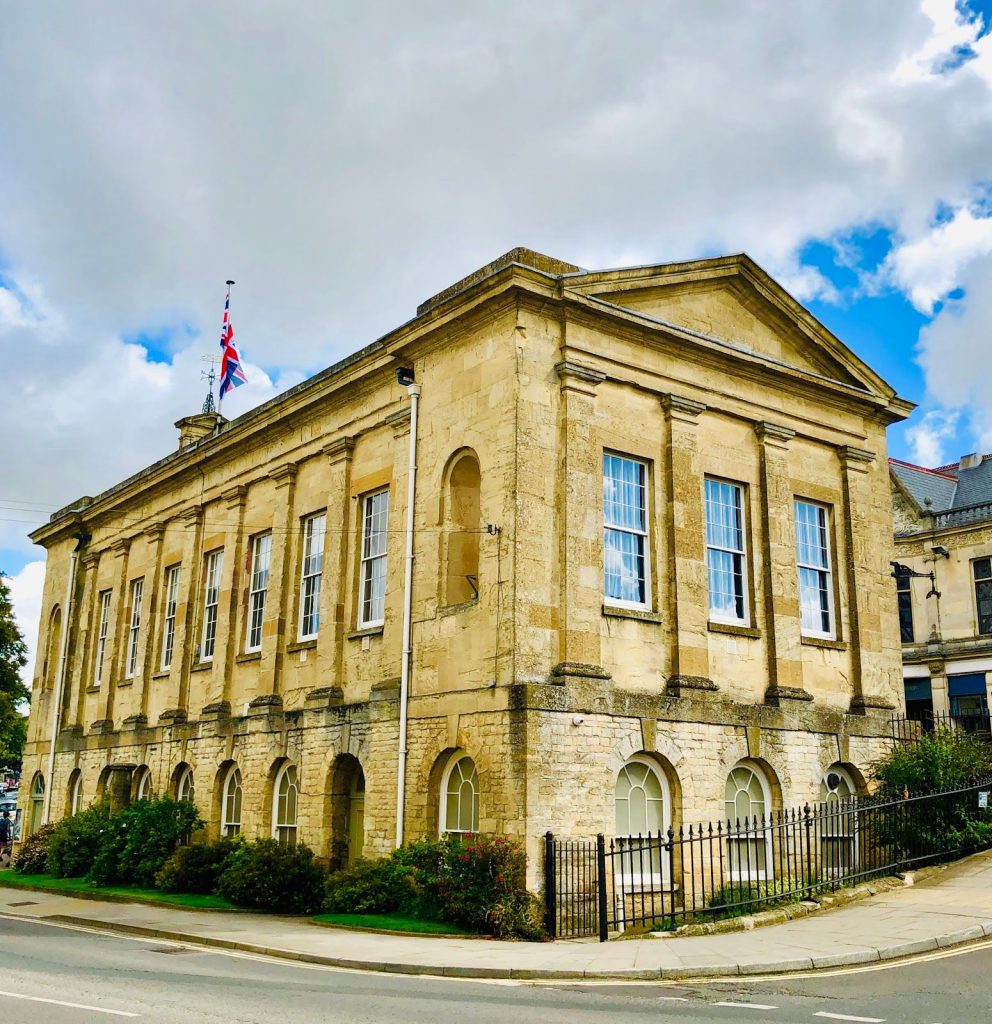Burford is a lovely Cotswolds wool town, but head off the pretty (and always busy!) High Street to St John’s Church for some offbeat sights and stories.
The Unwanted Tomb

Lawrence Tanfield was a politician, judge, and a highly unpopular local lord of Burford Manor because of his arrogant and mean behaviour.
When he died in 1628, both Westminster Abbey and Burford church refused to put up a memorial.
But his wife Katherine decided he should get one anyway and marched a team of workmen to the north chapel.
The result was a huge, garish shrine depicting the Tanfields lying below six Corinthian columns surrounded by arches, obelisks and the family coat of arms.
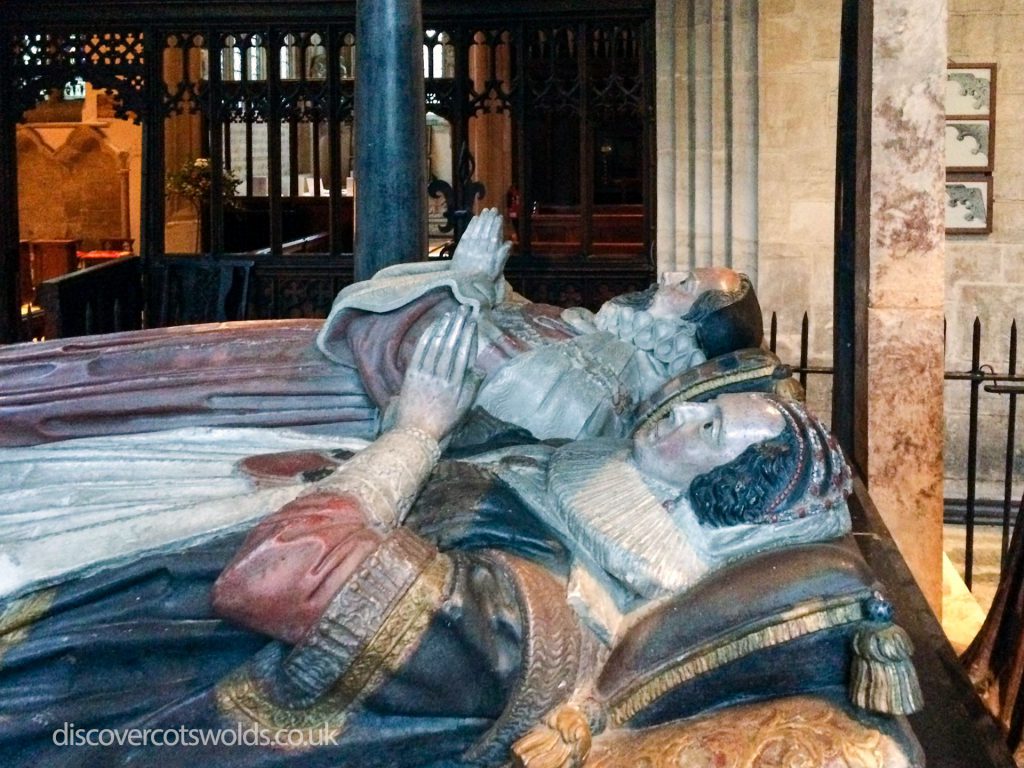
Underneath the couple rests a skeleton carved in stone apart from one real, human thigh bone (origin unknown).
Spirit in a Bottle
The townspeople tolerated the grand tomb (well, it was hard to shift), but burned an effigy of the unlovely twosome every year for a couple of centuries to show the hate lived on.
The vengeful ghosts of the Tanfields were said to haunt Burford by hurtling round the town in a blazing coach and a priest was hired to exorcise the town of these unwelcome visitors.
He captured their spirits in a bottle and hurled it into the nearby River Windrush. Locals were so concerned that the ghastly pair would escape if the river ran dry that they topped up the water during hot summers.
Pioneer Playwright

Standing by the Tanfield tomb is a ‘weeper’ effigy of their only daughter.
Elizabeth Cary (her married name) taught herself several languages and was such an avid reader that she bribed her maid for extra candles so she could study at night, defying her mother’s instructions to get some beauty sleep.
The reading paid off: Elizabeth Cary penned the first published play by a woman, ‘The Tragedy of Mariam’, in 1613.
She also found time to produce eleven children and learn a few more languages.
Not Civil
Scratched into the font of Burford’s church is ‘Antony Sedley 1649 prisner’: He was one of 340 Parliamentarian soldiers locked inside.

The group were known as the Levellers and had demanded reforms (and pay) after the victory of their Roundhead leader Oliver Cromwell in the Civil War against the king-supporting Royalists.
Cromwell decided to teach them a lesson.
The group were ordered onto the roof of their church/prison to watch as three of their leaders being shot – the bullet marks scar the church wall. Sedley and his friends were then released.
The rebellion was over.
Three ‘A’s: Arts and Crafts, Americans and an Antique
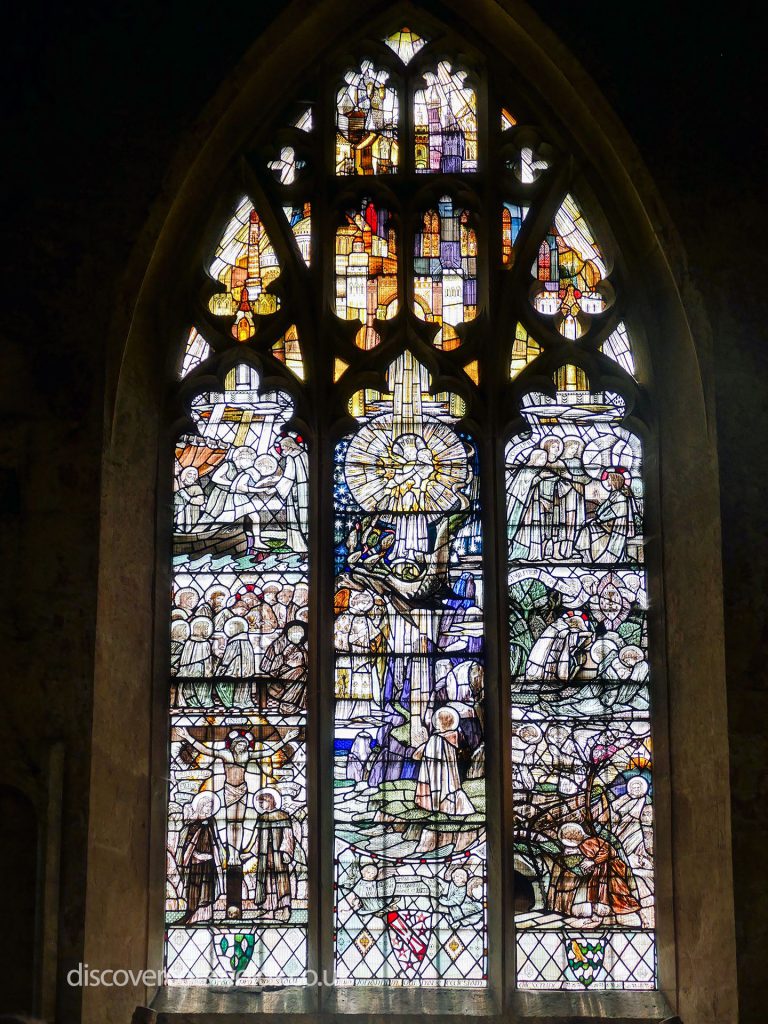

Other highlights in the church include a memorial with the earliest known English images of American Indians, and stained glass windows by Arts and Crafts designer Christopher Whall.
Oh and one of Britain’s oldest mechanical clocks has been ticking away here since 1685.
… and watch out for that blazing Tanfield carriage battling through the permanent traffic jam on the High Street!
A Bit About the Author

Sean Callery is a Blue Badge guide for the Heart of England and the author of Offbeat Cotswolds.





